Pro motorsport photographer Nick Dungan puts Canon's flagship EOS-1D X Mark II DSLR through its paces at the first round of the 2016 World Endurance Championship
Canon EOS-1D X Mark II field test
At a glance:
- 20.2-million-pixel full-frame CMOS
- ISO 100-51,200 (50-409,600 extended)
- 14fps shooting (16fps in live view)
- 61-point autofocus with 41-cross-type
- 3.2in 1.62-million-dot touchscreen
- Internal 4K 60fps video recording
Two days before the first round of the 2016 World Endurance Championship, I was asked if I would like to test the Canon EOS-1D X Mark II. Naturally, I jumped at the opportunity.
The EOS-1D series has long been Canon’s answer to the ultimate professional camera. This latest version promises to continue the tradition. Like its forerunners, it has been hotly anticipated for almost a year, and true to form, the camera has been announced not long before the Olympic Games.
What’s changed?
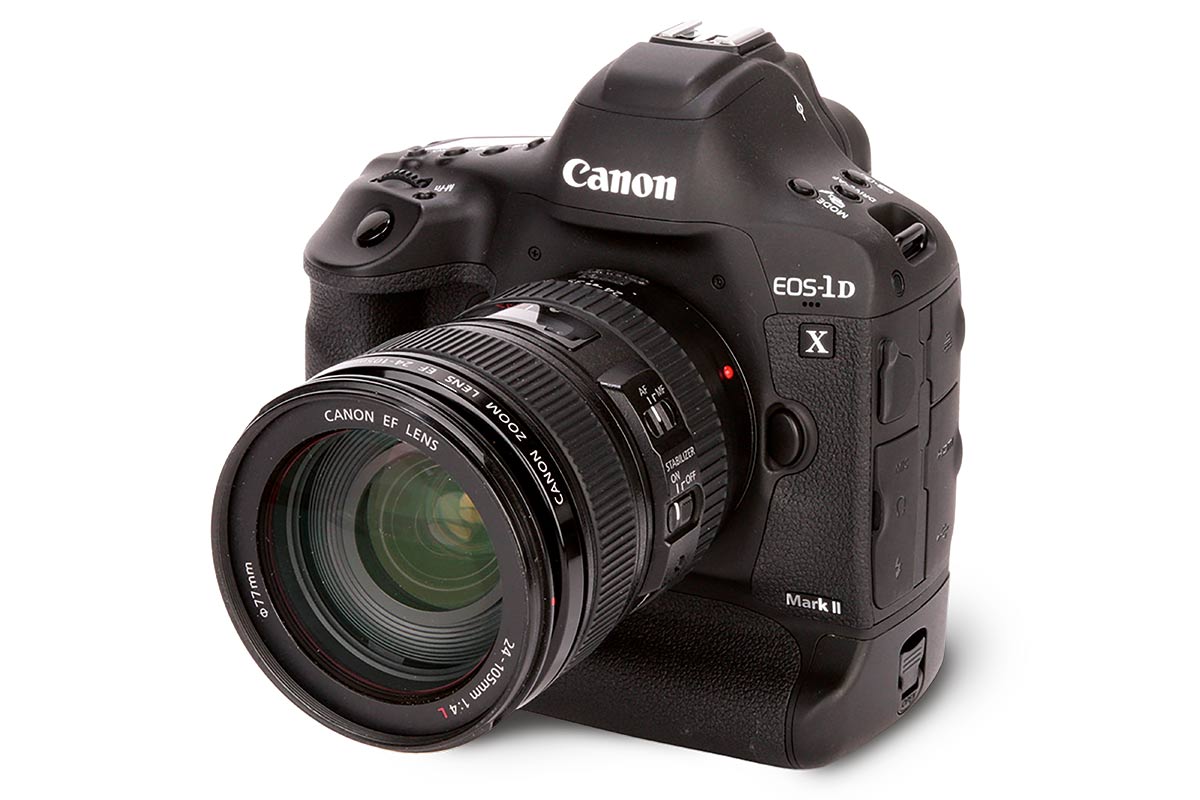
If you were looking for a significant change in the headline figures over the EOS-1D X – the 1D X Mark II’s predecessor – you’ll be disappointed. The Mark II body has seen a small increase in resolution from 18.1 to 20.2 million pixels, and ISO has been increased from 204,800 to 409,600 at the top end. Frames per second (not in live view) has increased from 12fps to 14fps.
Aesthetically, the camera is more of the same, with the only visual changes being a small lump just ahead of the hotshoe, and a slight change to the joystick.

The EOS-1D X Mark II had no trouble in nailing focus when shooting with the EF 200mm f/1.8L USM lens wide open
When it comes to ergonomics, once again the Mark II is almost unchanged from its predecessor. All the buttons are in the same place, while the grip is much the same and slightly more sculpted than the older 1D Mark III/IV models. The switch to engage the video mode has found its way to the right-hand side of the eyepiece, as per the other pro bodies in Canon’s line-up.
All this lack of change may sound very boring, but in reality this will allow anyone with prior experience of a 1D-series body to pick up this camera and be comfortable with it straight away.
In the field

The AF had no issues with back-lit cars in the midday sun
My first chance to press the 1D X Mark II into action came on set-up day ahead of the first round of the World Endurance Championship at Silverstone in Northamptonshire. Typically, this is a slow day with lots of statics, portraits and detail shots. Good shots here usually depend on you biding your time and waiting for a photo that you can see to come together – either a person to move or a car to be pushed into nice light.
The 1D X Mark II was really using a hammer to crack a nut here. The super-accurate autofocus was instantly picking out the details I wanted. At Silverstone you get a nice half-lit pitlane around midday. As you would hope, the camera was completely unfazed by the light/dark contrasts and, as a result, the image files had a lot of shadow details. At this point I did find that the test camera tended to overexpose by 2/3 stop. I put this down to it being an early release model and worked around it.
Next, it was time to get the camera on some action. Heading out on track I positioned myself on the final corner before the start-finish line. I often use this corner early in the weekend to take my ‘safe’ images. Nothing too arty; just nice clean head-on shots.
Here, the camera absolutely excelled. The autofocus just didn’t miss a beat. The cars were fairly close for these frames, so the focus was having to track through its range fairly fast. Even so, the camera made little fuss and just delivered focused images. I tried shooting at 14fps, but while having tens of sharp frames to choose from in the search for one where the light or the placement of the car is exactly as desired can become addictive, and memory cards soon fill up. Since there is no buffer limitation on JPEGs, and a massive 170-image buffer on raw, the temptation is to keep your finger on the shutter that bit longer – just to make sure you catch the frame. While the file sizes of these images are not that large, the pictures quickly mount up and I could see myself getting into trouble in the heat of the moment if I didn’t keep a close eye on the frames remaining.
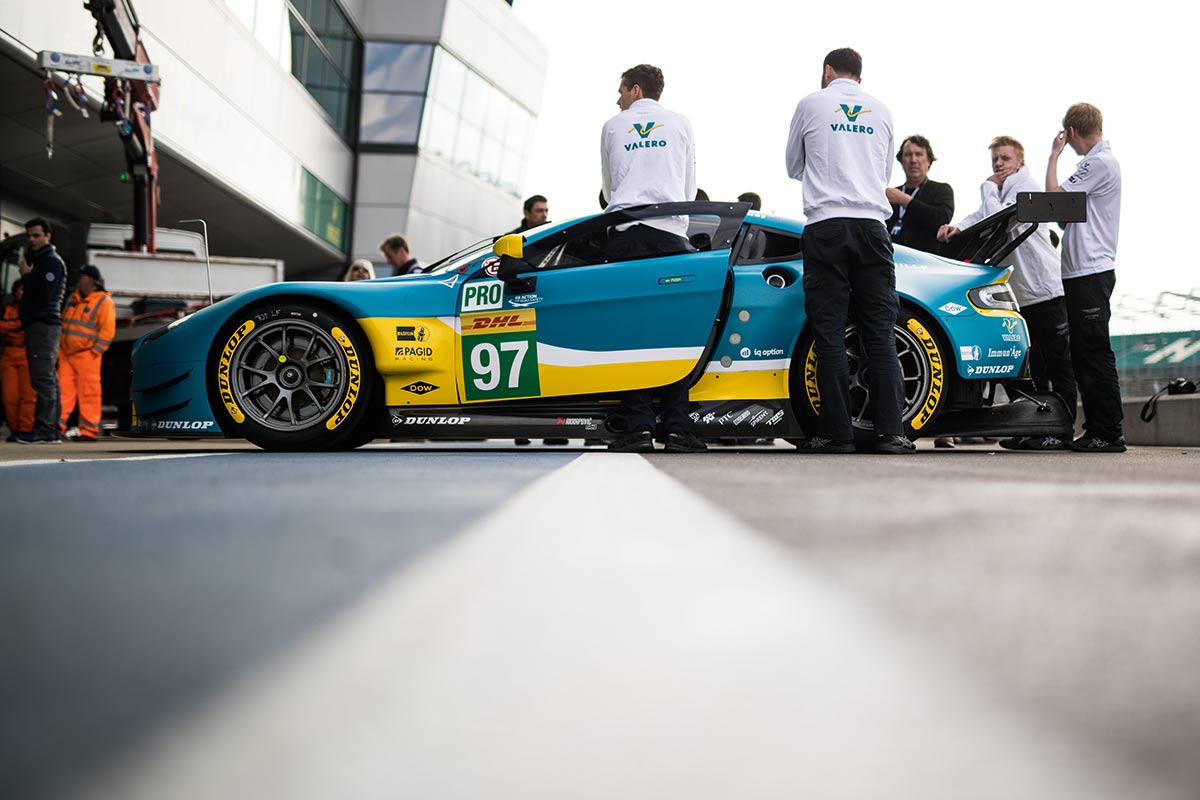
Shooting from low down using the Sigma 50mm f/1.4 DG HSM | Art gave a dramatic perspective
On the topic of memory cards, the second CF card slot has now been replaced with a CFast slot. My test camera didn’t come with a CFast card, so I couldn’t try the format. If you wish to unlock the full 170-frame raw buffer, you will be splashing out on a set of CFast cards, which will be an expensive transition, particularly if you run two bodies. But it could be worth it since CF cards are limiting data-transfer rates. You will also enjoy improved transfer times to your computer. With luck, the CFast format will stand the test of time, and your investment will be worthwhile.
Getting back to the on-track photos, I found that even with the bright midday sun backlighting the cars, the autofocus was still achieving a 90% keeper rate. The 10% rejects were only the slightest bit out of focus, and would have been perfectly usable if required. Equally, the range of the raw files was superb. Despite the strong shadows, I was able to bring back those dark parts of the image that I desired, while maintaining their colours, all without introducing any noise.
The bright sun also provided justification for another feature that I am very grateful to Canon for reintroducing: illuminated AF points during focus. When shooting in the dark or contrasted situations, the old non-illuminated AF points could be infuriating.
As the 1D X Mark II hadn’t put a foot wrong in any of the situations I had thrown at it, I was interested to see how it would perform in my next challenge.

The half-lit Silverstone pit lane gives some great dramatic lighting
I have never experienced a camera that can consistently achieve autofocus on a car that is moving away from it. I’m not sure why, but every camera I have used up to this point would struggle to achieve above a 50% keeper ratio. Some photographers get around this by prefocusing on their desired point on the track and taking the photo as the car passes it. Others simply accept that an otherwise unacceptable keeper rate will be inevitable in this circumstance.
I positioned myself at the exit of Silverstone’s famous Luffield Corner – a great spot where you can get down almost to eye level with the cars and fire off a burst of frames as the drivers power out of it. Despite shooting through the heat haze that exists this close to the ground, as well as the hot exhaust gases at the rear of the cars, the 1D X Mark II achieved a very high rate of focused images – not perfect, but very impressive.
For me, this is what is so great about this camera. It just does exactly what you want it to. It has the autofocus and frames per second to capture whatever picture your eye can see, and the files are so forgiving that if you are a little wide of the mark in the moment, you can pull it back.
This is exactly what professional photographers are looking for from a camera such as the 1D. Include a robust build quality that should ensure it survives arduous travel assignments, as well as the rough and tumble of press packs, and you have a camera I’m certain will sell in significant numbers.
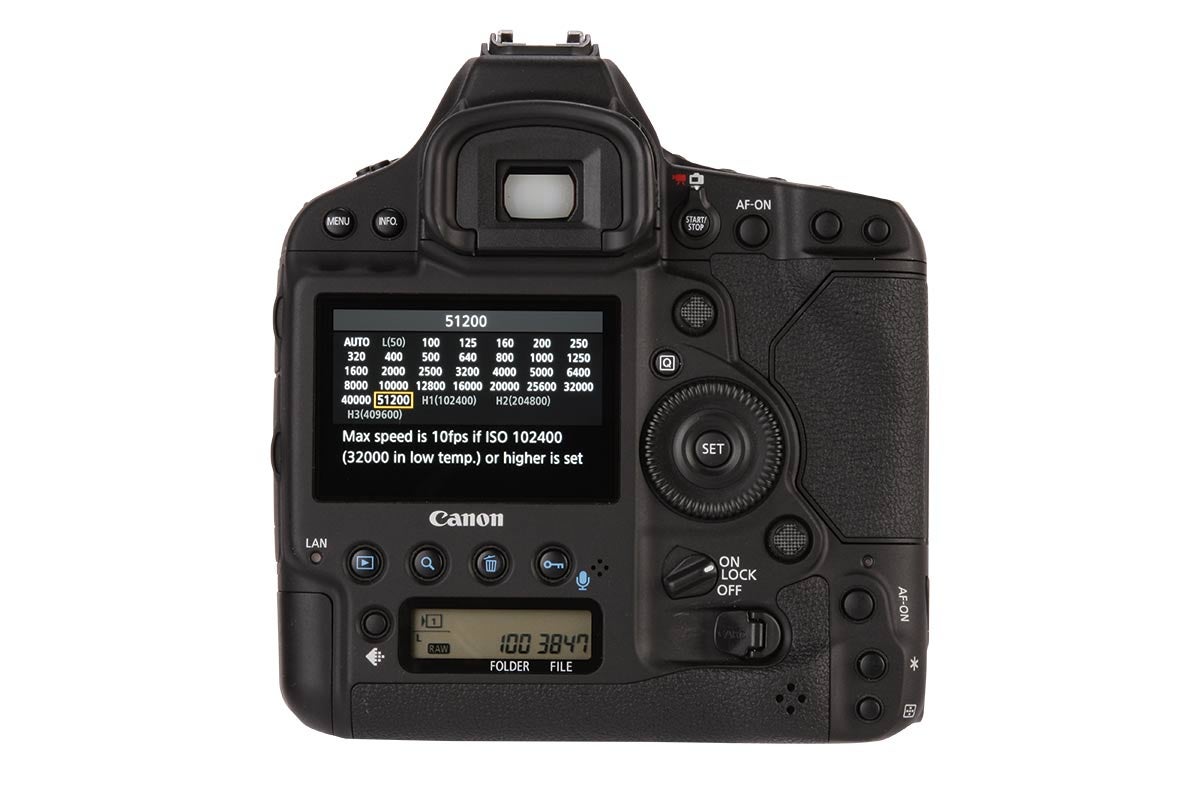
To confirm you have captured the frames you need, you turn to the Mark II’s new, higher-resolution 1,620,000-dot touchscreen LCD. As with every new camera I have used, this one made all previous on-body screens feel very low resolution. I confess I found little use for the touchscreen function, though. It seemed more geared around video users. On a body you can operate almost entirely without removing your finger from the shutter button, a touchscreen feels counter-intuitive.
The viewfinder has also been given another nudge towards the future. It now displays more information, including warnings, drive mode, levels, white balance and Flicker detection. It’s all useful and avoids you having to take your eye off the action.

Panning with a shutter speed of 1/20sec gave a pin-sharp car against a lovely blurred background
The use of a mirrored viewfinder is not a surprise, but I would have liked a little more tech here. I wonder how dated it will feel in four years’ time when I assume its successor will be introduced, especially with rumours circulating of a mirrorless, pro Sony body to rival the 1D.
Over the weekend I pitted the 1D X Mark II against most of the typical challenges facing a photographer during a daytime race. Nothing seemed to faze it. When panning, the camera’s AF was easy enough to adjust so it wasn’t picking up on anything that came between the subject and the camera, but remaining quick to track when switching to head-on images.
The 1D X Mark II is a very well-thought-out product aimed largely at existing 1D owners. An example of this is its LP-E4N batteries. Diehard Canon fans will know this isn’t the same as the previous generation of Canon bodies. However, the 1D X Mark II is backward-compatible so, despite the frame rate being 2fps slower, you can still use your old LP-E4 – something I was glad of when I managed to empty the battery during the course of the shoot. It must also be noted that the LP-E4N cannot be charged on the old-style chargers. Battery life with the new LP-E4N seemed fair, but not as good as that in previous generations.
High ISO noise
While the EOS-1D X Mark II’s high ISO capability wasn’t needed trackside, we were able to put the camera through its paces in AP’s testing lab to see how well it behaved when pushed to extremes. The answer – as we’d hope from a modern top-end, full-frame camera – is very well indeed. Image quality at ISO 1,600 is barely distinguishable from ISO 100; moreover at ISO 6,400 the camera can give clean detailed files. Even ISO 25,600 is quite usable, although noise obviously has a much more visible impact. As the sensitivity is pushed higher, image quality gets increasingly marginal, but for non-critical purposes ISO 102,400 still delivers an entirely recognisable image. Beyond this is really stretching things, but for sports photographers shooting in low light the availability of such high settings could make all the difference.

RAW ISO 100
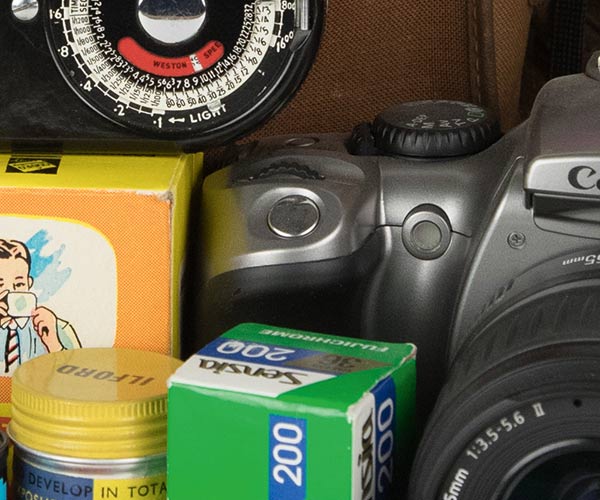
RAW ISO 1,600

RAW ISO 6,400

RAW ISO 25,600

RAW ISO 102,400

RAW ISO 409,600
Should you buy one?

This shallow depth of field was achieved using the EF 200mm f/1.8L USM lens set to its maximum aperture
I found the 1D X Mark II to be addictive and very impressive. I would loved to have used it for a bit longer but, unfortunately, circumstances prevented me trying both its high ISO and low-light AF capabilities – two areas it should really excel in.
Would I buy one? In a word, no. I would buy two. This camera is so impressive that if you didn’t replace both your bodies you’d find yourself constantly swapping the 1D X Mark II onto the lens you wanted to use at that moment.
That said, I think the Mark II could be a difficult upgrade to justify from a 1D X. You would see some benefits, but it depends on your business whether those benefits would be worth the necessary £2,500 investment per body. I’m off to rob a bank now.
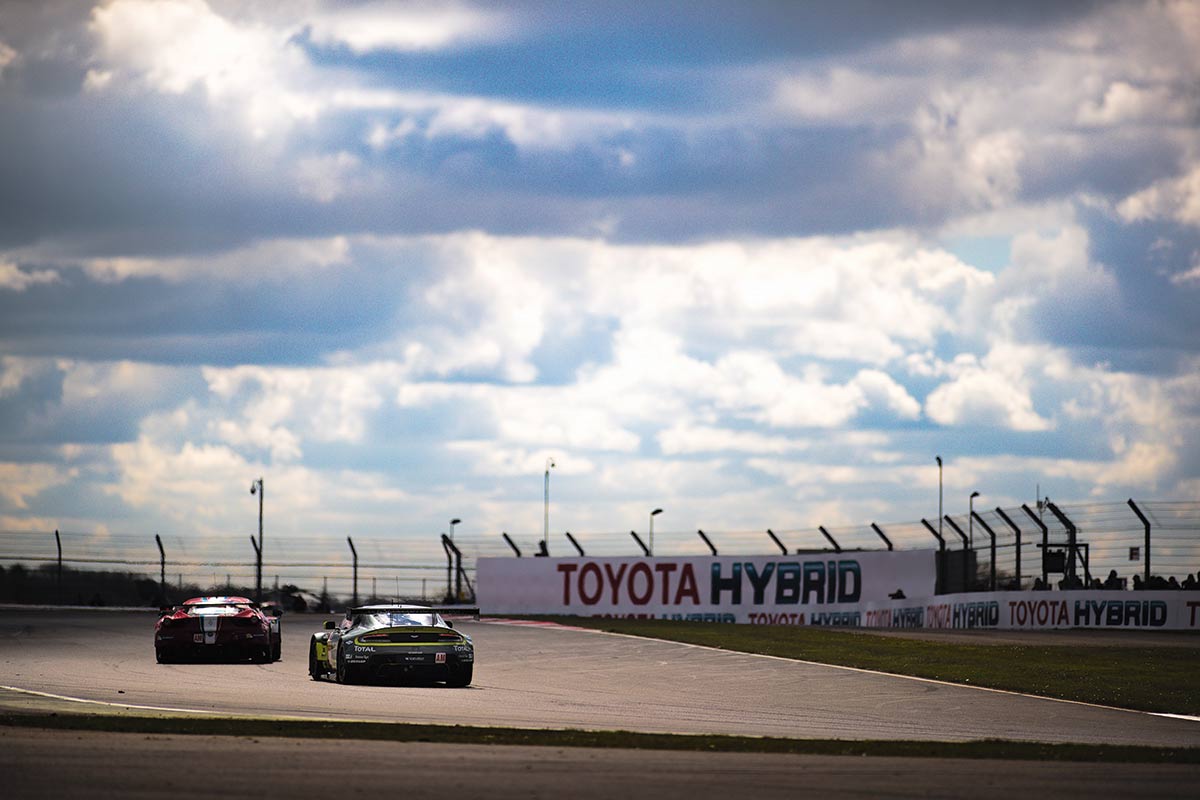
The EOS-1D X Mark II can track focus on cars moving away from a camera, which is always a challenging kind of subject





